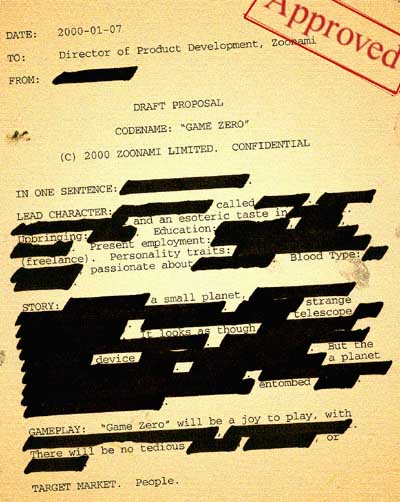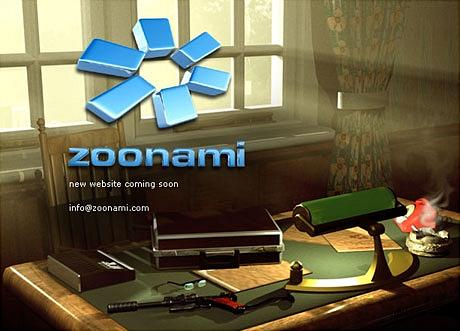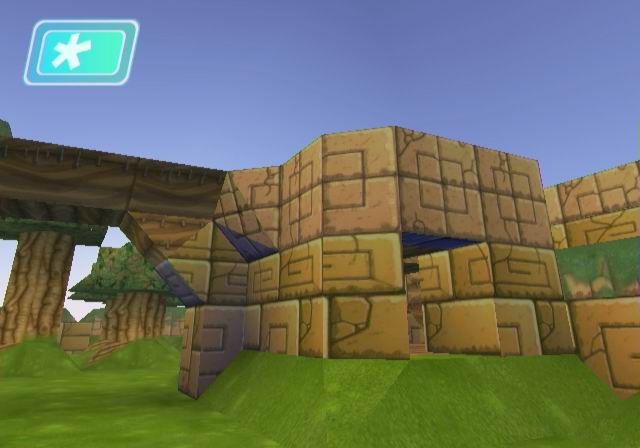Revival is a canceled Free-To-Play Sandbox Massively Multiplayer Online Role-Playing Game developed from 2012 to 2016, exclusively for the PC, by IllFonic Ltd.
Set in a medieval fantasy world inspired by H.P. Lovecraft, Revival was revealed in July 2013 by its developers as we can read on Engadget:
Revival’s recent reveal caught our attention with its promises to “revive the MMORPG” by way of a gorgeous sandbox. Developer IllFonic went on record stating, “It’s a genre that has a bad name. There are hardcore fans in the genre, but there’s no reason why the whole world shouldn’t be playing this genre. The genre has been locked out with a bad taste for a decade. It’s time to rethink it, go back to the drawing board, start from scratch and tell everyone that an MMO isn’t a stat-chasing, quest-ignoring snorefest.”
Music to sandbox fans’ ears! Naturally, we were keen to hear more, so we spoke with IllFonic Creative Director Kedhrin Gonzalez and surprisingly received very few “we can’t talk about that yet” responses. Just remember as you make your way through our interview: A lot can change between the prototype and final release version, so don’t unbridle your skepticism just yet.
Gonzalez explained that the point of Revival is right in its name: to “revive the MMORPG,” and by that they mean the sandbox MMO RPG. We separated those letters for for a reason. The game really is supposed to be story-driven, but think less Star Wars: The Old Republic or Guild Wars 2 or Elder Scrolls Online and more Asheron’s Call 2. The game is story-driven because of its real “live story” approach that utilizes real people: GMs.
“The live storytelling aspect is like playing Skyrim, but imagine someone is playing as the dungeon master, opening and closing things all over the place,” he told us. “The game is 100% non-linear, so there are no useless quests. You won’t encounter something that’s not really worth your time as a character. Sure, we may have some bland quests like the “kill x for me please” quests, but that’s filler, and it’s good to have those. Most of our quests will have serious sit-down-and-think scenarios.”
What kind of scenarios? Gonzalez said that the current prototype has missions to help the devs study how karma works in an MMO setting. One mission involves a lord concerned about a wraith in a nearby crypt, and it demonstrates a whole range of reactions based on your character’s karma. “If you have good karma before you approach the city, the guards love you and welcome you in; you can go right up to the lord of the kingdom and talk to her about her plight,” he explained. “But if you’re neutral, the guards are cautious of you and won’t let you go near her until you prove your worth with a sub task. If you’re red, the guards won’t even let you in the city, and if you are severely red, the guards will attack you on sight.”
The monsters have their own reactions: “If you’re blue and go to the crypt, all of the creatures will attack you. If you’re grey and go to the crypt, the wraith’s slaves will stand by and watch you with caution as you move throughout the crypt; the wraith will talk to you and give you a mission, but if you deny it in the dialogue, she’ll attack you. If you’re red, the creatures will be on guard still, but the wraith will talk to you with more open arms and won’t attack you if you deny the quest. At the same time, if you are blue originally but somehow turn grey or red on the way to the crypt, the wraith will adjust and have dialogue based around these new decisions you have made. You could be a red player normally but a blue player in areas that matter to the lord, who will therefore talk to you.”
Gonzalez also promises there won’t be any exclamation points telling you where all the quests are. “There is barely a linear track in Revival. I would say the only linear track that exists in Revival is that of your individual skills,” he said.
The game certainly sounds much more dangerous than other MMORPGs. For starters, you can kill anyone, even important NPCs. Granted, if the NPC dies, GMs might conduct an event in which players need to revive the NPC, or a relative might replace her, but it is something you can do. Thieves, you can steal anything from anyone, both player and NPC, as well as from shops run by players or NPCs. You can just kill and loot people too.
Of course, for your crimes, you might be sent to jail. “Blue” towns (with positive karma) will have more guards who will try to protect people, though they can be killed. Then you have “blessings,” items that protect you from PvP, looting, and thievery. The game is free-to-play, and players can both earn and buy “standing points,” the game’s currency, but IllFonic wants “penny play,” so blessings themselves are supposed to be cheap and accessible. Guilds in blue towns can even work toward granting blessings for whole regions. However, you can’t just buy a “get out of jail free card.” As the name implies, blessings come from the gods, and if your actions offend them, you may find that they won’t offer you their protection.
So just how do you accrue karma? We’ll let Gonzalez explain.
Karma is measured on a lot of different layers. Your karma as a player is definitely on a blue-grey-red system, with shades in between. However, that is general karma. Every NPC, town, guild, kingdom, god, monster, animal, etc. you interact with will have its own karma rating for you as an individual. Every single thing you do in the game from the moment you create your character (including what city you choose as your starting place) will affect your karma. If you mine ore non-stop all day, grinding it, depleting resources all over the place, the god of nature will dislike you. Wild animals are more likely to just randomly attack you. If you mine ore, being mindful of what you’re taking from the planet, the god of nature will reward you. Even the amount of time you play has an impact. And some quests are available only to people of certain karma levels. You’ll even have access to dialogue choices from certain individuals based on your karma. Sometimes, NPCs will randomly say bad things to you or offer you things that other players would not receive, depending on your various karma standings.
City karma is something based on real-world factors. Economy and crime play massive roles in Revival. I’ll use the example of a city that doesn’t get much trade. When the economy goes down, the count of the guards goes down. You’ll visually see the city start to decay. When this happens, red players can move in and start killing NPCs/players, looting, stealing… eventually, if the city is unable to heal itself, the karma of the city will turn red. That means it’s a city that welcomes red players.
Not all red players are murderers and thieves, though. Red players can be merchants, craftsman, and more. We have a carefully orchestrated system where players can be good or evil and still play the way they want to. This system goes very far in depth, and it’s one of the main thing’s we’re prototyping right now. There will always be a city that is on the three major poles of the karma system and permanently locked in so players of a specific playstyle aren’t forced out, and if you choose a very good karma city to start in, you will start with very good karma.
We didn’t get too many more details on how crafting works, but we might assume that like a lot of interactions in the game — from stealing to lockpicking — it involves minigames. Stealing is simple; a dice roll lets you know whether you were successful or not, but your window of opportunity to actually steal closes quickly, such that if you take too long to look through items you shouldn’t be looking at, a quest NPC may get mad and maybe even call a guard on you. You need to get in, find what to take, and get away. We also learned that some repetition may be involved in skilling up crafting and related skills, but books can also teach you skills and there’s a hint that watching master crafters can help you learn too. And master craftsman can also customize decals and items to a certain degree. Use-based item decay is still under consideration.
What about the visuals? The game is being made with Unreal Engine 4, and there is a lot of focus right now on how much the game can handle in terms of not just quality graphics but animations and sounds. Unless you have the right magic or skill, you have to look at the way people move to determine how strong they are or how low on health they are. A fighter with his hands at his sides will probably be easier to take on than someone holding her arms up and bouncing around where she stands. The game, in some ways, is supposed to be intuitive. While there are skill-ups, the idea is that an FPS pro should theoretically be able to pick up a bow and be pretty good at it because of natural player skill, not stats. Stats are supposed to help when it comes to equipping certain items, but you won’t be shooting arrows at someone point blank and seeing “miss!”
The game will be free to play; beta, Gonzalez tells us, will hopefully begin when the game is 35% complete.
Over the months, several other features were announced, and in July 2015, Massivelyop got an interview with Kedhrin Gonzalez:


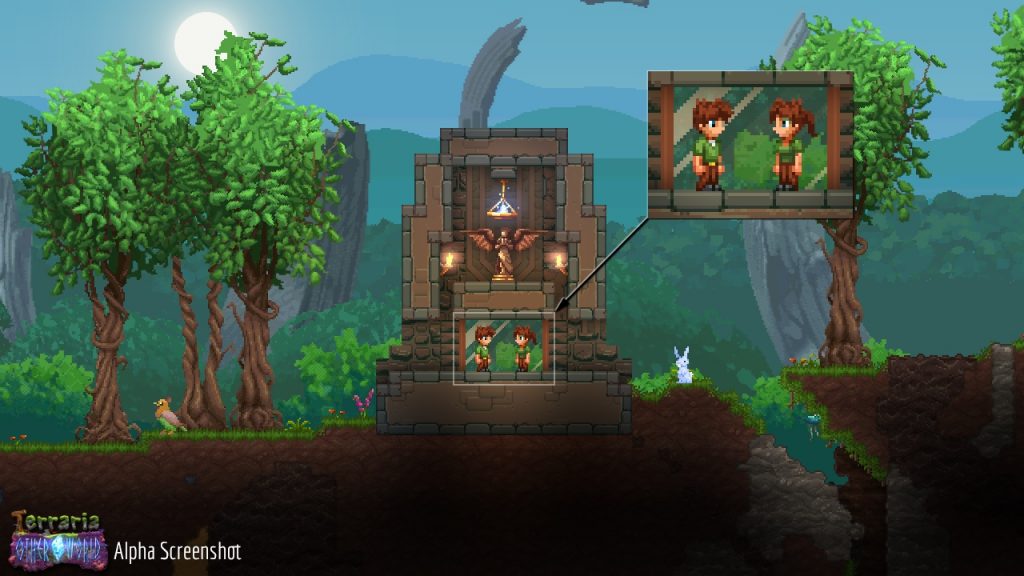
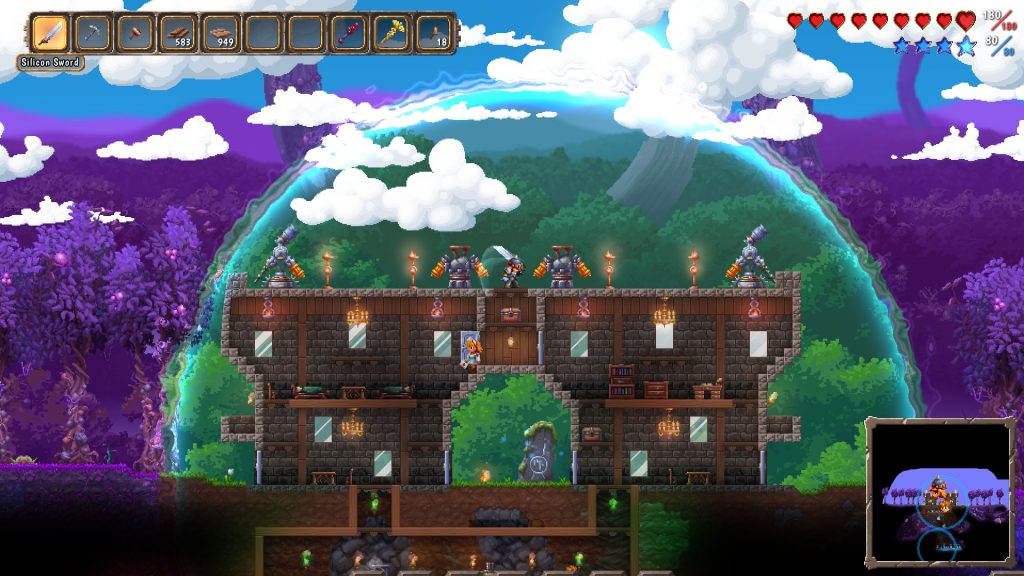
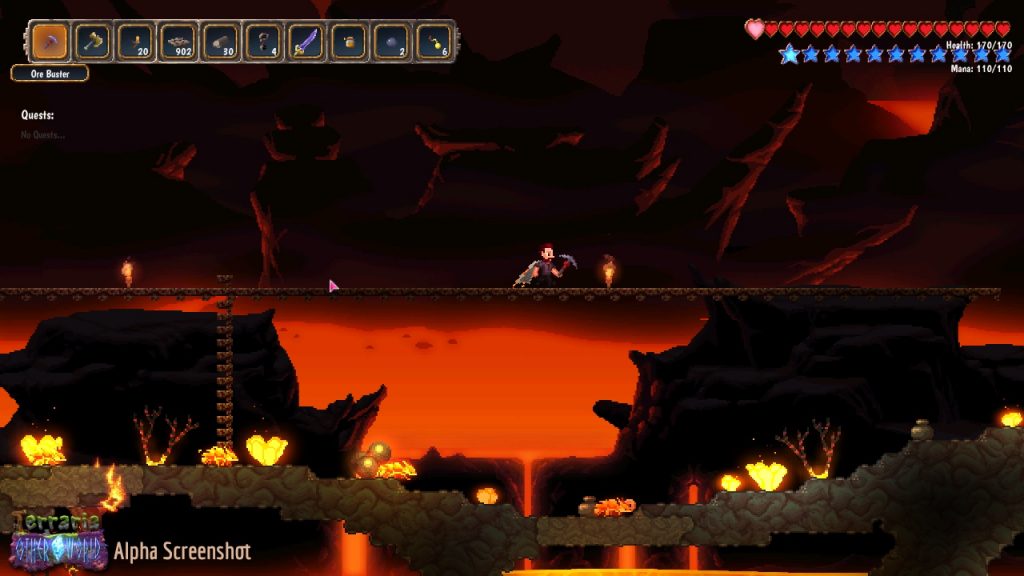
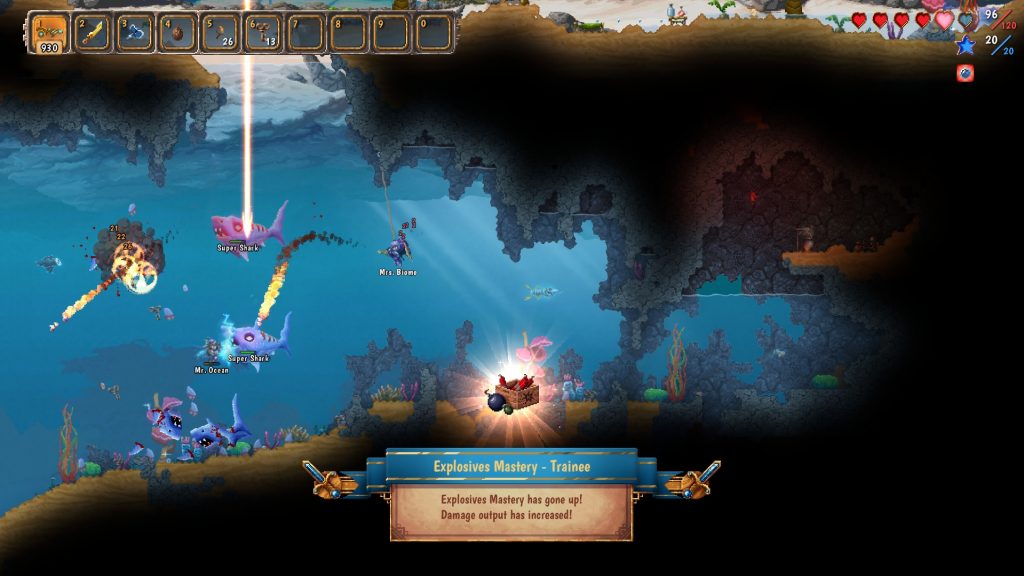
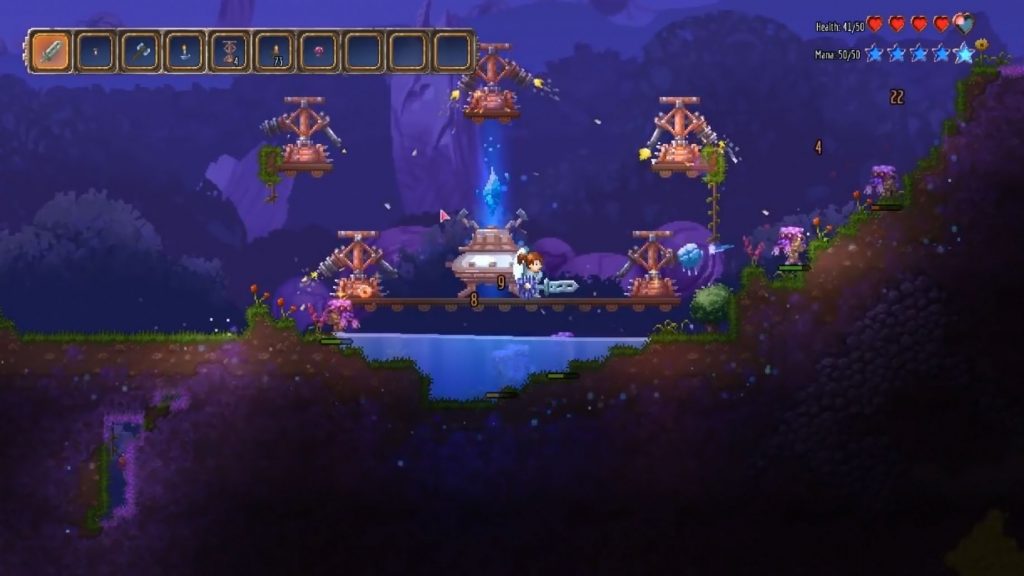
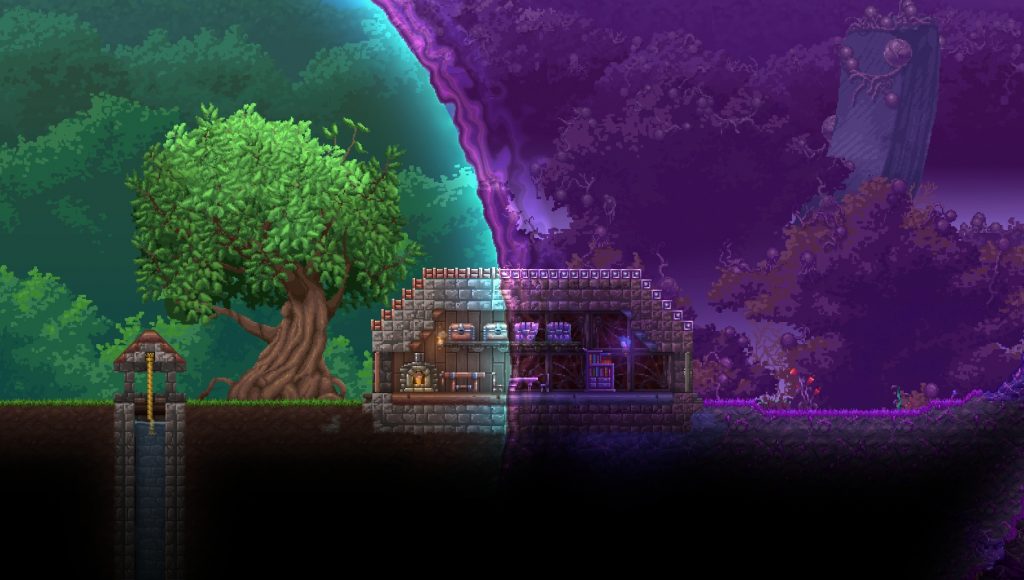
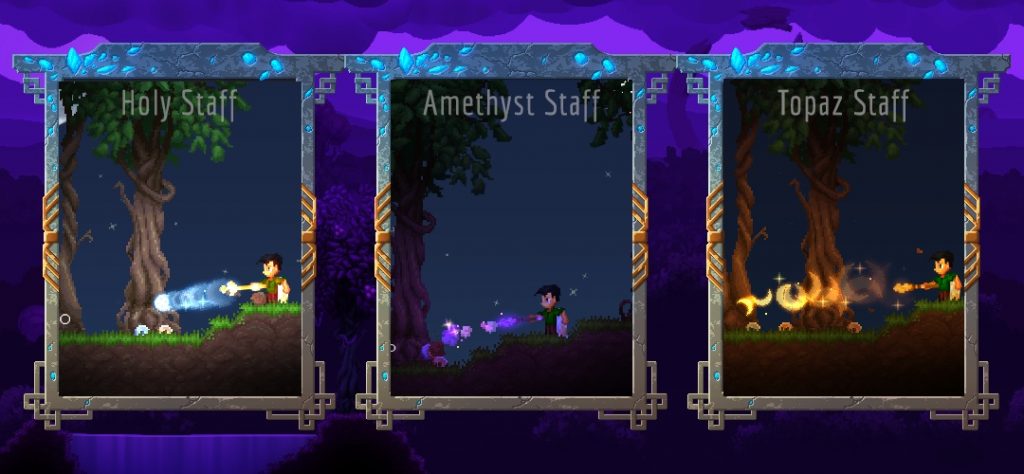
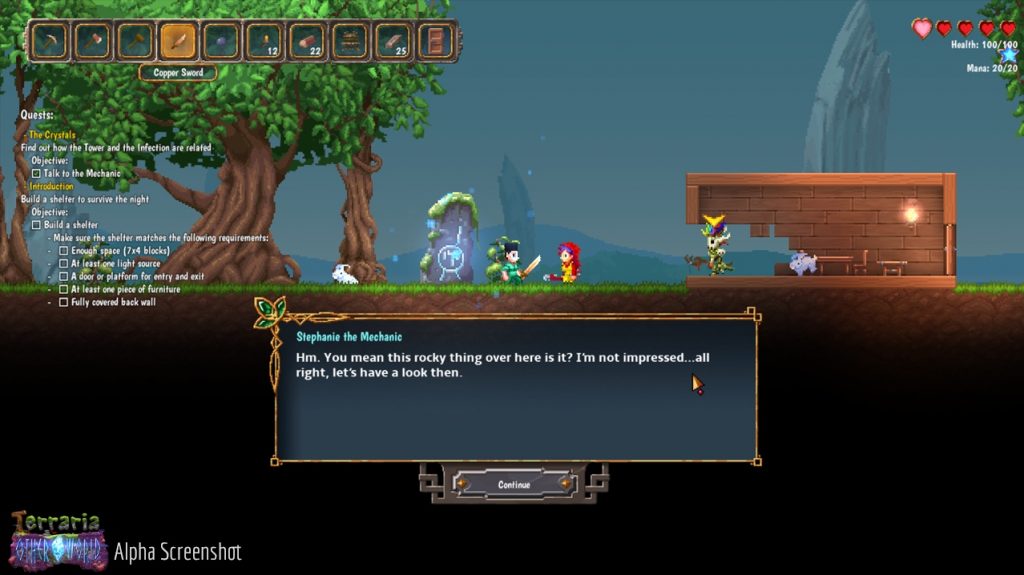
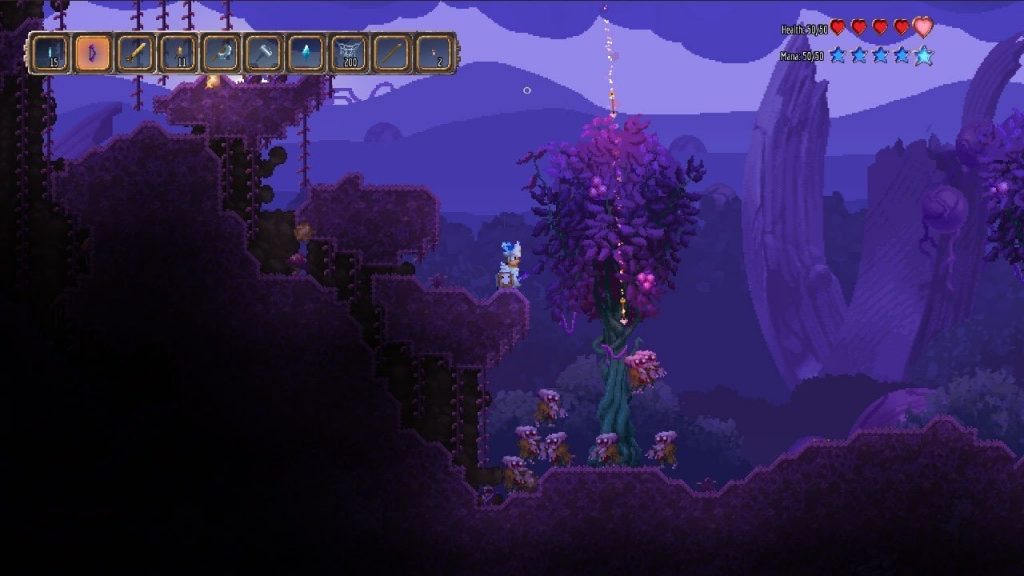
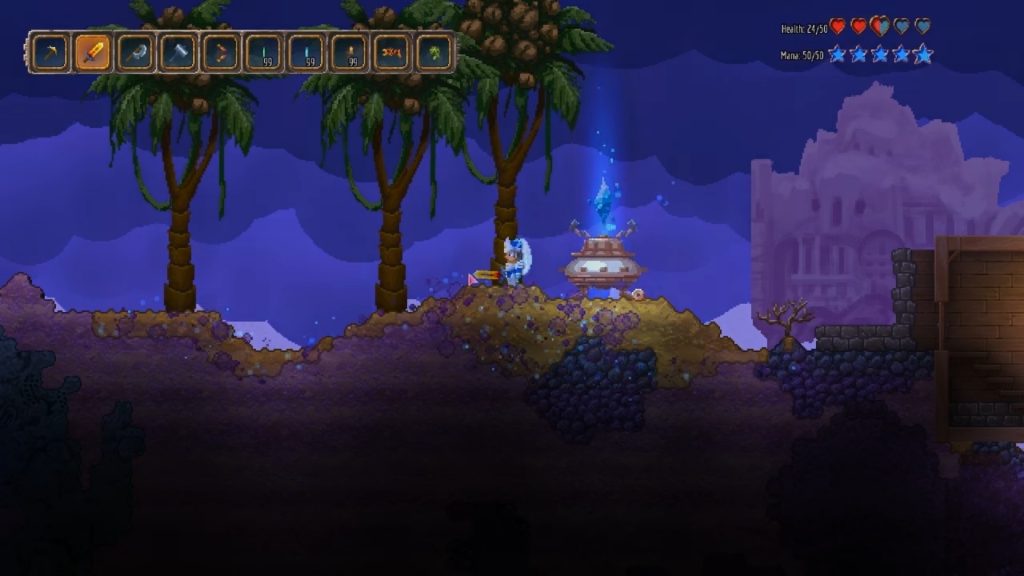
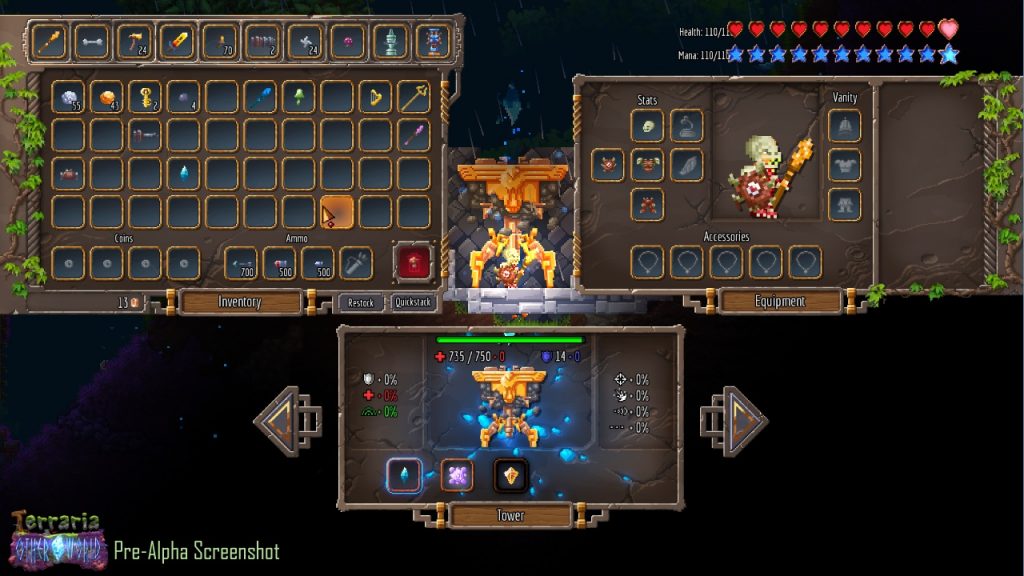
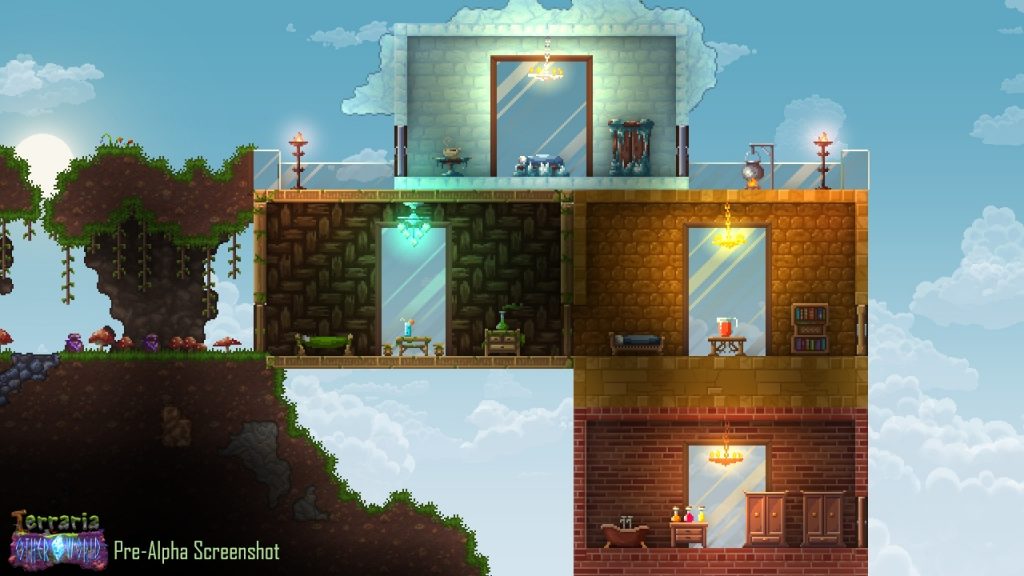
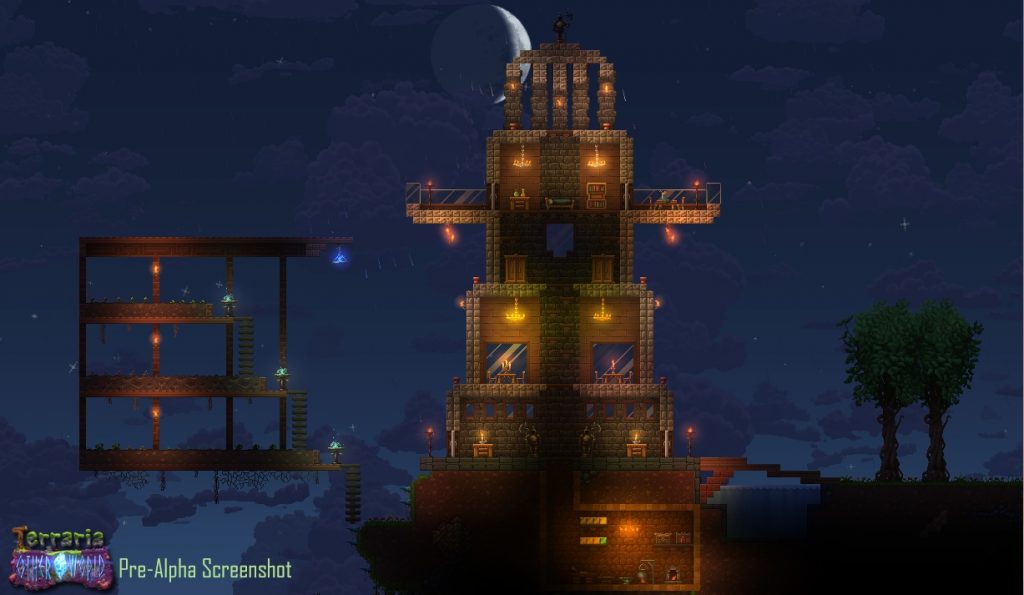
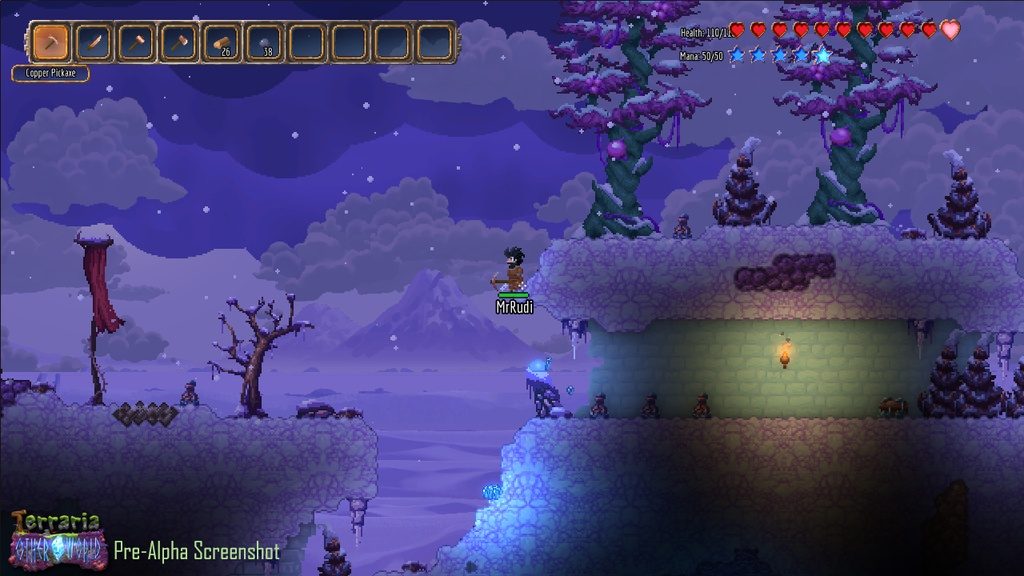
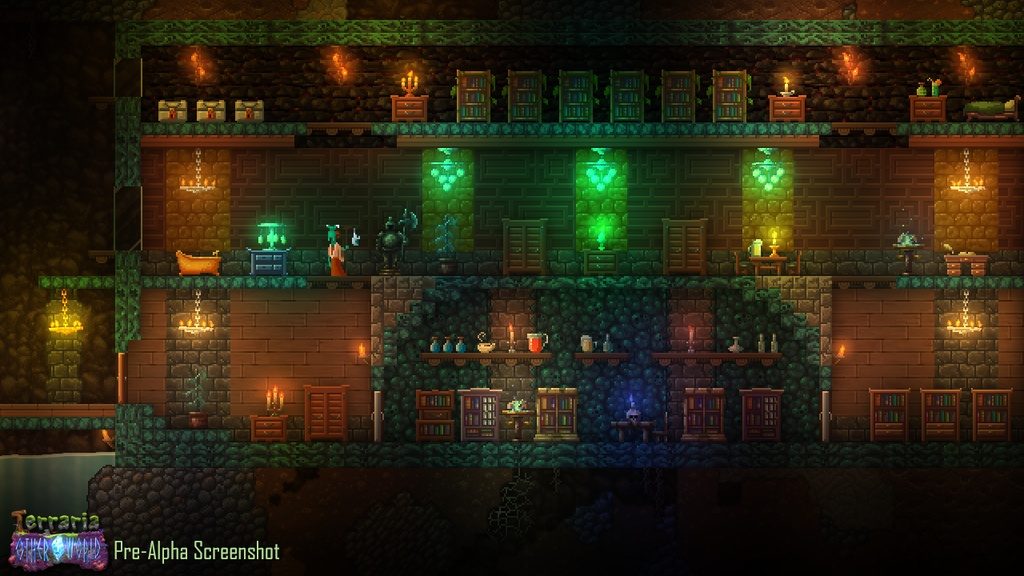
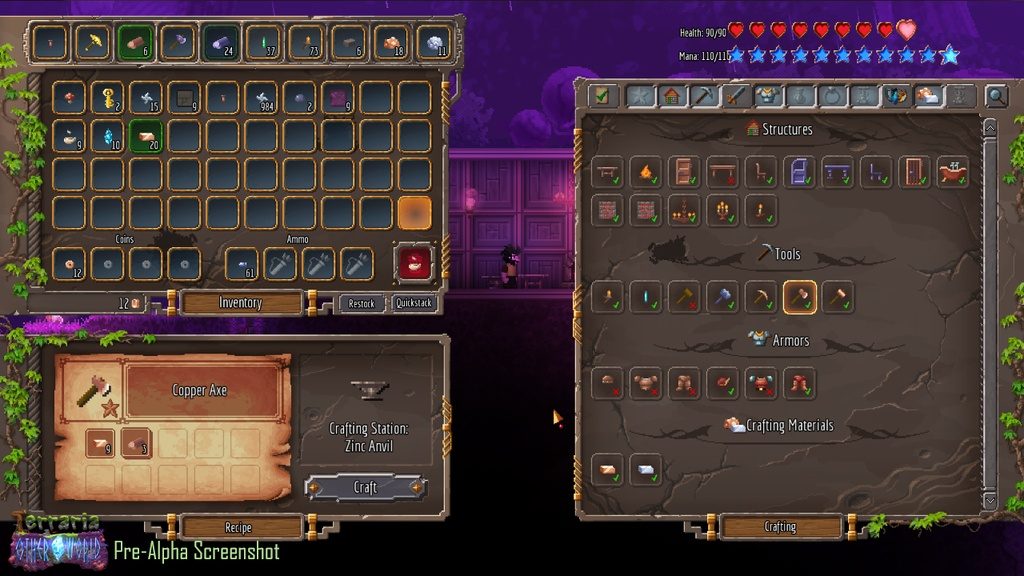
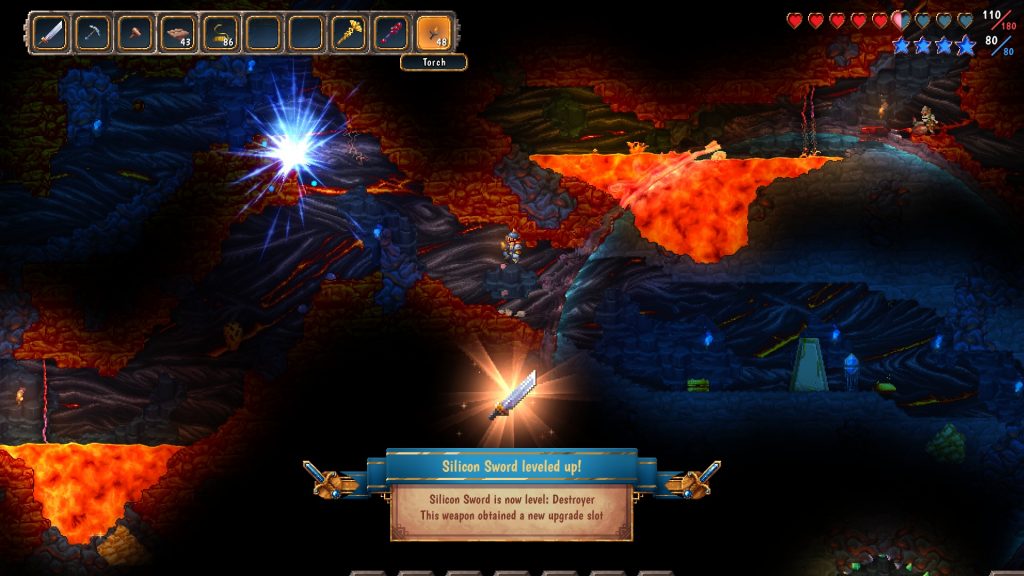
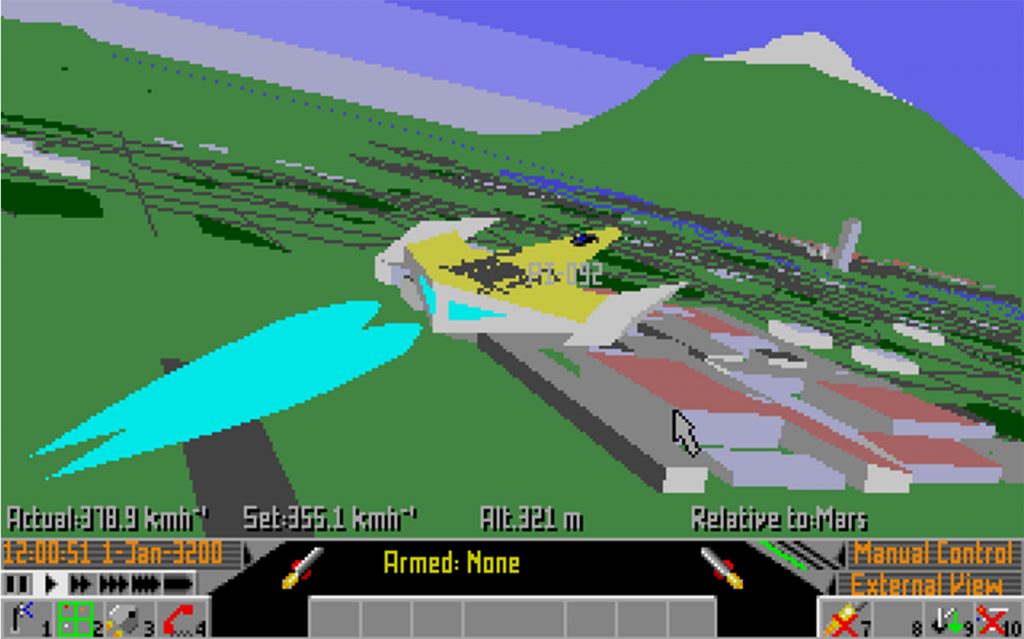
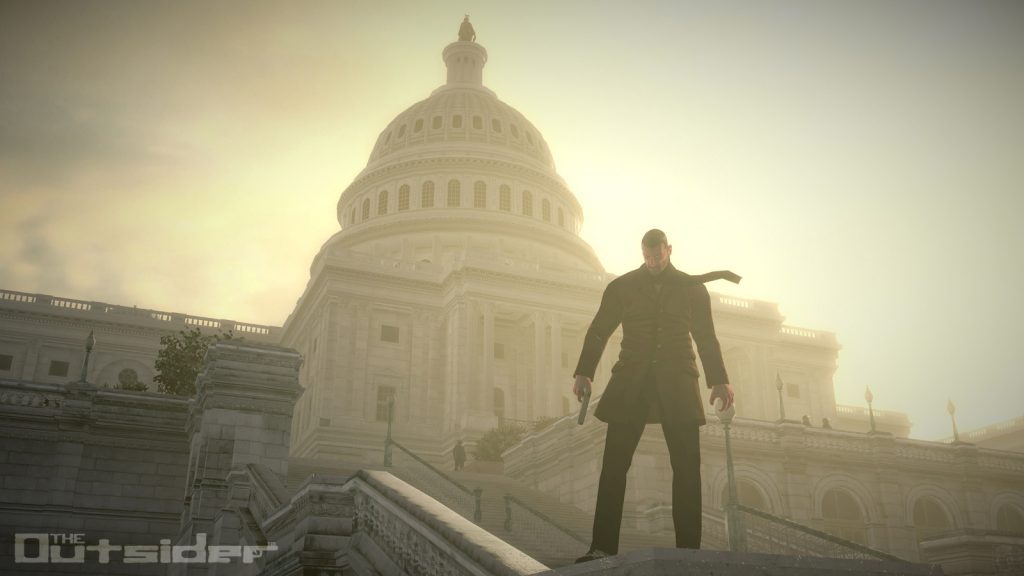
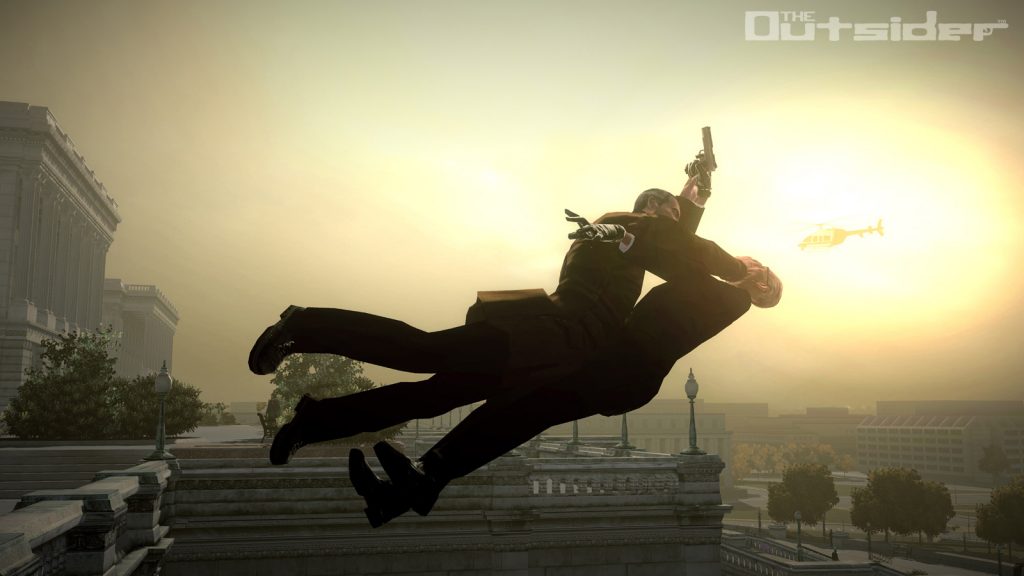
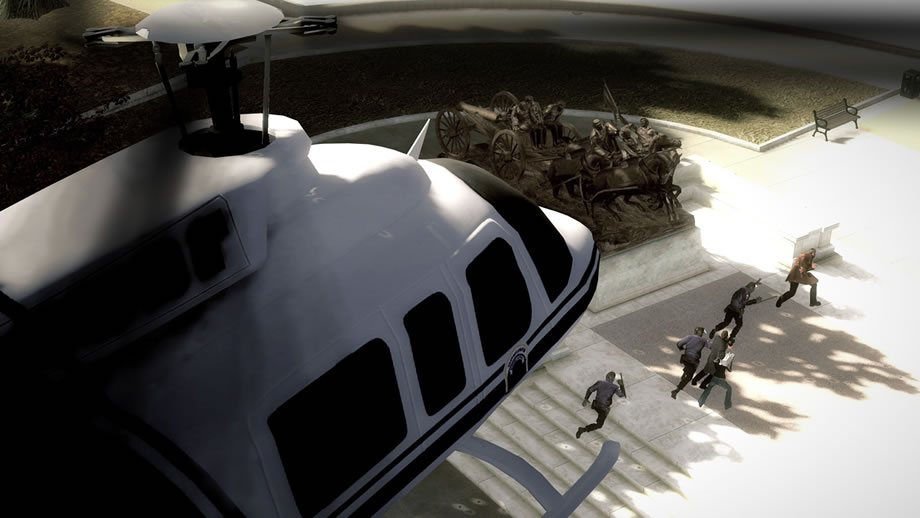
![Crackdown 2 (by Rare Ltd) [Xbox 360 – Cancelled] Crackdown 2 (by Rare Ltd) [Xbox 360 – Cancelled]](https://www.unseen64.net/wp-content/uploads/2015/12/crackdown-2-rare-ltd-cancelled-620x300.jpg)
![Game Zero (Zoonami) [GameCube – Cancelled] Game Zero (Zoonami) [GameCube – Cancelled]](https://www.unseen64.net/wp-content/uploads/2015/11/game-zero-gamecube-zoonami-670x300.png)
